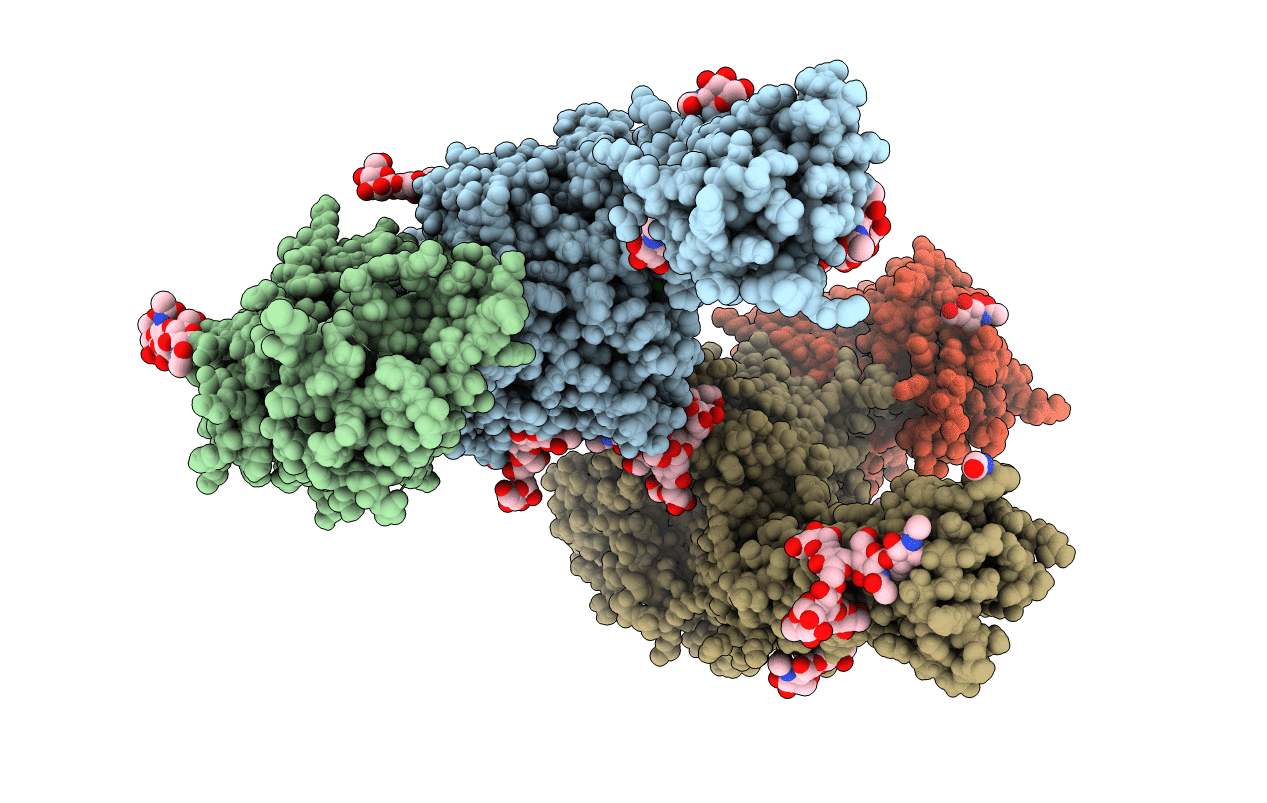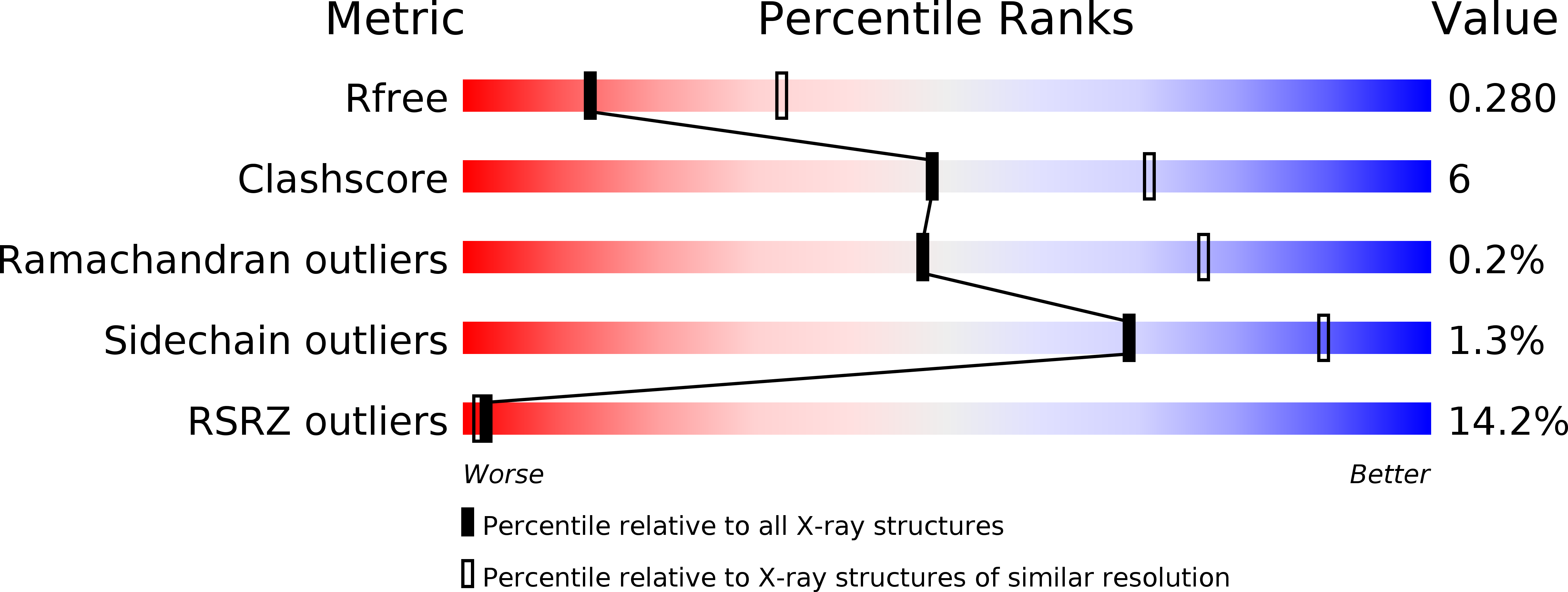
Deposition Date
2019-04-17
Release Date
2019-12-11
Last Version Date
2024-11-13
Entry Detail
PDB ID:
6OM2
Keywords:
Title:
Crystal structure of atypical integrin alphaV beta8 with proTGF-beta1 ligand peptide
Biological Source:
Source Organism:
Homo sapiens (Taxon ID: 9606)
Host Organism:
Method Details:
Experimental Method:
Resolution:
2.77 Å
R-Value Free:
0.28
R-Value Work:
0.25
R-Value Observed:
0.25
Space Group:
P 1 21 1


